Truth and Reconciliation in the Classroom
Educator Resource
This is a summary of available resources that focus on Truth and Reconciliation in Canada. Care was taken to include Indigenous Peoples’ voices and publications. If you would like to comment or add to this summary, please email haley@dogeareducation.com
Impacts of Systemic Racism
The impacts of past and current systemic racism in Canada are devastating. Systemic racism refers to the ways that colonialism embeds in the policies and processes of an institution, resulting in a system that advantages white people and disadvantages Black People, Indigenous Peoples, and People of Colour. Indigenous communities are healing from past racism and are also living through current racism. There are many inequities that exist for Indigenous peoples in Canada today, such as the over-representation of Indigenous children in the foster care system, Missing and Murdered Indigenous Women (MMIW), underfunded school systems and inequalities in access to/quality of health care.
“The purpose for understanding the past is to be part of a more positive future.“
First Nations Education Steering Committee and First Nations Schools Association, 2015
Teach Respectfully
Discussion around Canada’s “residential school” system and systemic racism are difficult topics that can trigger painful and traumatic feelings. If a student needs an alternate safe space at any time, extend the offer to take a break from the conversation and ensure counselling and support staff are available. Links to helplines are included at the end of this document.
Present information accurately and sensitively.
“For some students, the topics discussed will be sensitive, especially if they have personal connections with residential school survivors. Some considerations for making sure the topic is presented fairly and with sensitivity include the following:
these topics are best taught through discussion rather than instruction;
allow time to deal with students’ concerns and questions;
be aware of issues that may arise for students both in formal discussions and informal conversations in and around the classroom;
play a role in ensuring potential conflict is dealt with in the context of the classroom;
try to give students the tools and skills to discuss these topics rationally in the school and community.”
(Residential Schools and Reconciliation Teachers Guide, FNESC, 2015; Page 7)
“When discussing Indigenous issues or content, don’t defer this to an Indigenous student to respond as the ‘expert’. This can be harmful to the student’s self-esteem and may create a disconnect, causing the student to feel alienated and isolated.” (Healing Conversations, ETFO, 2020; Page 13)
“The student is relying on you, the educator, to share information that will address the social injustices that have happened; you are the ally.”
The Elementary Teachers’ Federation of Ontario, 2020
Use correct and intentional language.
Working with Indigenous Students, UWO; Page 18":
Use proper titles, names and terminology:
Indigenous peoples continue to live and thrive in Canada, so avoid referring to Indigenous peoples and cultures in the past tense.
Refer to Indigenous peoples in the plural to convey diversity.
Always capitalize ‘Indigenous’
Avoid inappropriate possessive pronouns such as ‘our Indigenous students’ or referring to ‘the Indigenous peoples of Canada.’ This reinforces an inferior and subjugated power relationship.
Take the time to learn the names that Indigenous individuals and communities have given to themselves. This act of listening and learning shows respect for Indigenous peoples’ and nations’ own self-definition and self-determination.
Be trauma-informed.
“Over generations, Canada’s educational system has perpetuated the traumatic, systemic racism and the loss of Indigenous culture, including what occurred in residential schools. Thus, efforts need to be made to address the legacies of school-based trauma in Canada and to provide space for Indigenous, student-based healing.” (Trauma Informed Schools Report, 2016; Page 36)
“Trauma is not just caused by experiences of violence, it can also include (but is not limited to) experiences of loss, neglect, witnessing abuse, or any event where the emotional reaction to a potentially traumatic event is not adequately responded to. Adequate responses to traumatic events in a student’s life—the purpose of trauma-informed practices—requires training that strengthens a team approach in order to meet the student’s need for a consistent and holistically supportive approach. This should include assessments for a student’s learning style so that the learning environment is responsive to the child’s learning abilities rather than their deficits, and should also include development of safe, trusting relationships with the family and community to create a bridge between the home and the school.” (Trauma Informed Schools Report, 2016; Page 16)
“Culture-based Trauma-Informed Practices:
Respectful and supportive relationships that recognize the unique needs of Indigenous students
Recognition of teachable cultural content such as Indigenous languages, histories, and art;
Recognition of experiences and traumas that impact an Indigenous student’s experience in school;
Inclusion of Friendship Centres and communities in trauma-informed schools planning and implementation.”
Classroom Commitment
Truth and Reconciliation efforts in Canada work to inform all Canadians about what happened in “Residential Schools (IRS)”. It is important that classrooms commit to learning the truth and finding ways to advance the reconciliation process.
Residential School History
From the National Centre for Truth and Reconciliation (NCTR):
Canada’s residential ‘school’ system began in the 1870s, and over 150,000 First Nations, Inuit and Metis children were forced to attend.
The Truth and Reconciliation Commission of Canada (TRC) concluded that Residential Schools were “a systematic, government-sponsored attempt to destroy Aboriginal cultures and languages and to assimilate Aboriginal peoples so that they no longer existed as distinct peoples.” The TRC characterized this intent as “cultural genocide.”
Many children lost their lives at residential schools. The odds of dying at a residential school were 1 in 25.
The last residential school in Canada was in Saskatchewan and closed in 1996
As of 2015, there were 80,000 residential school survivors
Information about missing children and unmarked graves was detailed in the 2015 TRC report >
The National Student Memorial Register was created to remember and honour the children who never returned home from residential schools.
Take Action
Land Acknowledgments
“By recognizing the traditional territories you stand on and what they mean to you, you take a small but important step towards recognizing and honouring the Indigenous Peoples who have lived on Turtle Island (aka: North America) since long before colonization.” ITO, 2020
What Indigenous territory are you on?
Explore estimates of Indigenous territories* >
(Teacher’s guides are available on this site.)
Contact Your School District
Learn from Indigenous Leaders
Summer Solstice Indigenous Music Awards
Support Indigenous Educators
Advocate for Indigenous leadership and staff at your school or workplace. Arrange presentations and workshops from local Indigenous community members and educators, and always compensate appropriately.
Fundraise
Teaching Resources
Organizations and Reports
The Decolonial Toolbox – An Educational Pathway
National Centre for Truth and Reconciliation - Residential School History
Overview of the “Residential School System”
TRC - They Came for the Children
Residential School Survivor Society
Truth and Reconciliation Commission (TRC) of Canada: Calls to Action
Resources for Educators
Free lessons, activities and resources that build curiosity







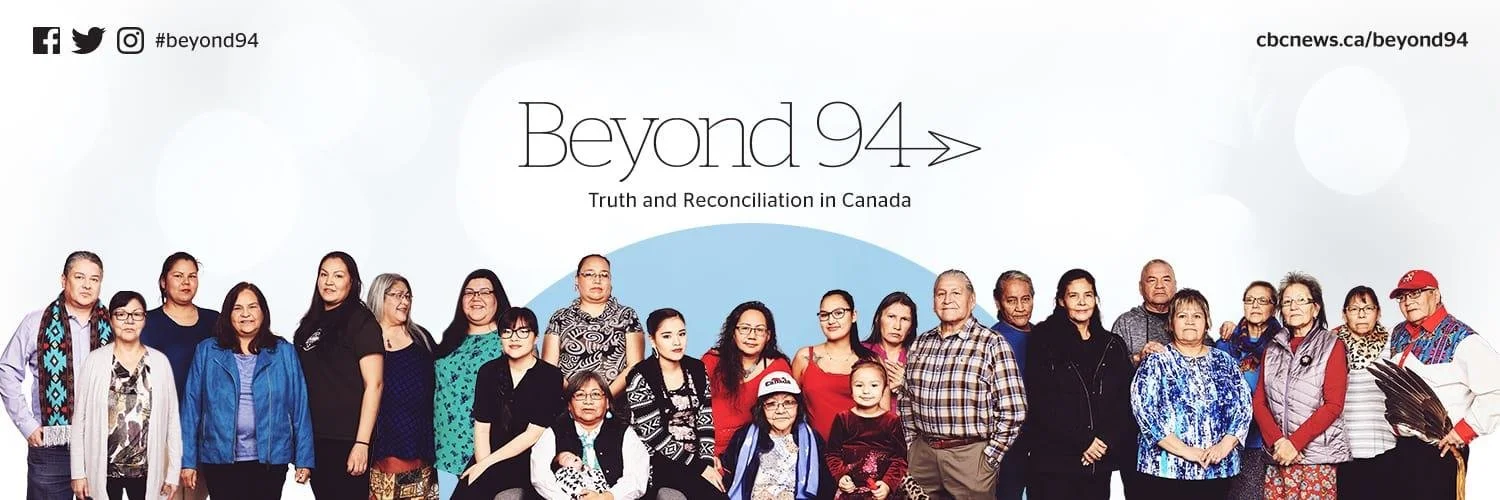


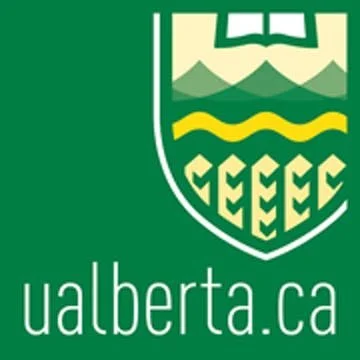
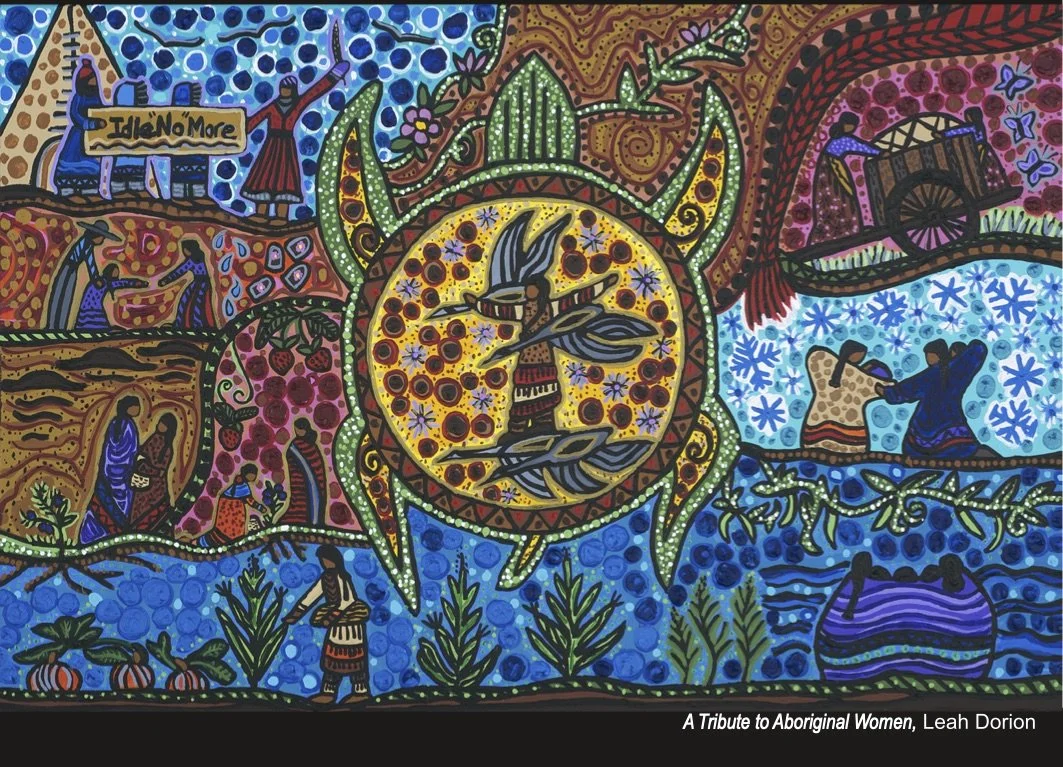

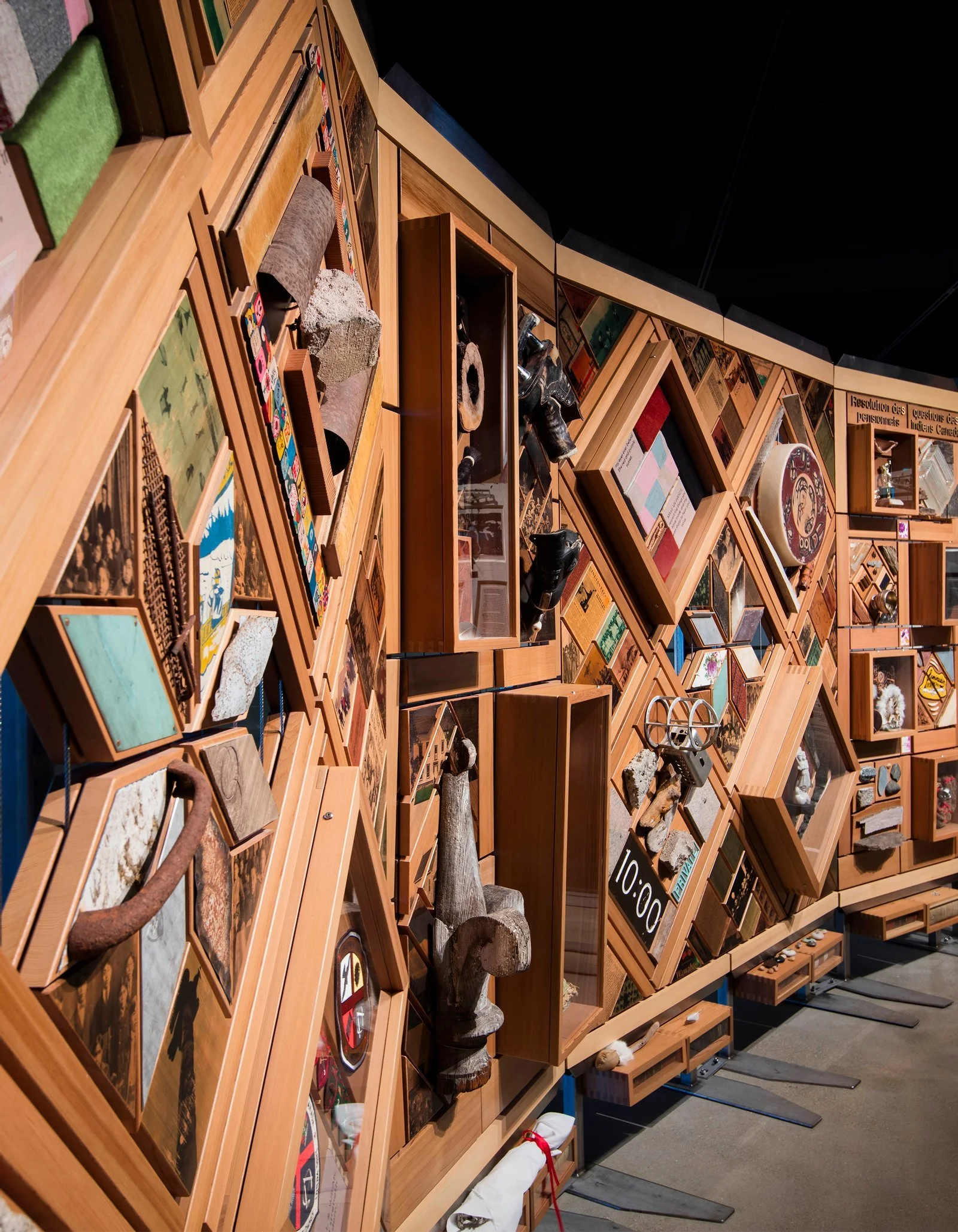


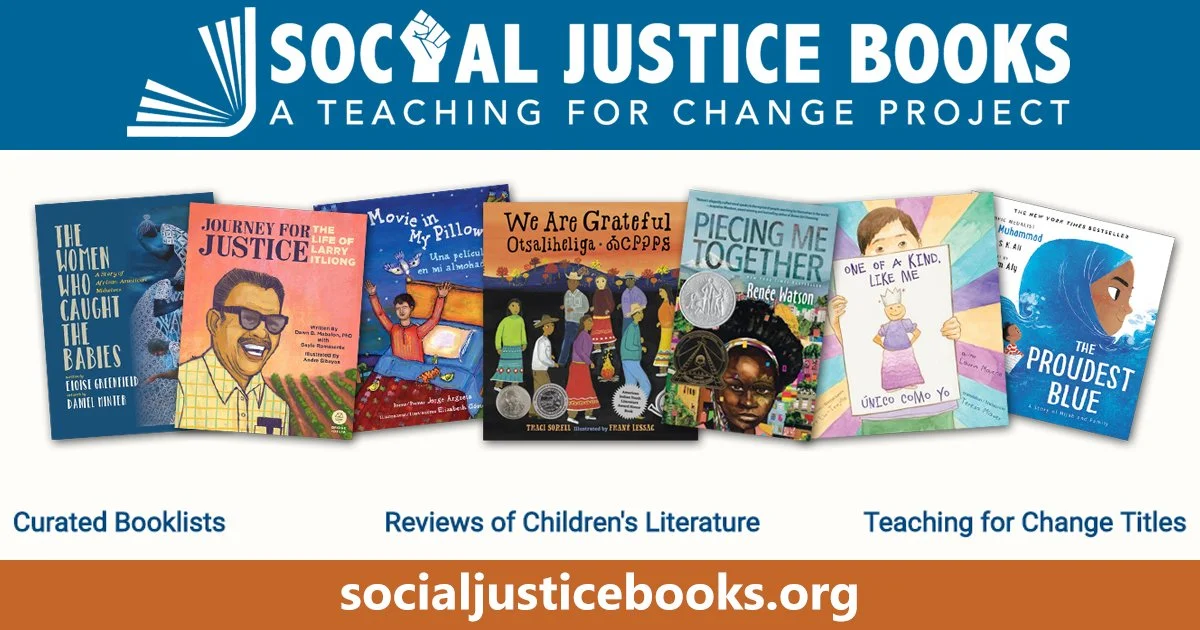


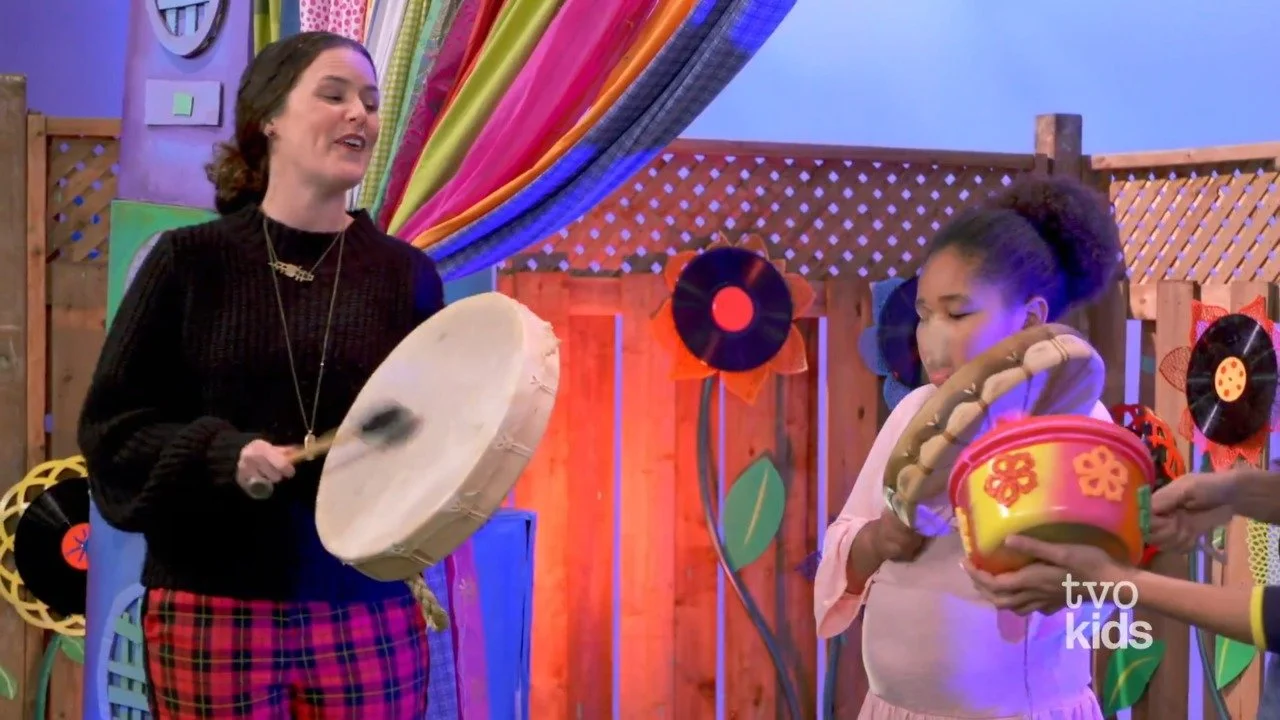


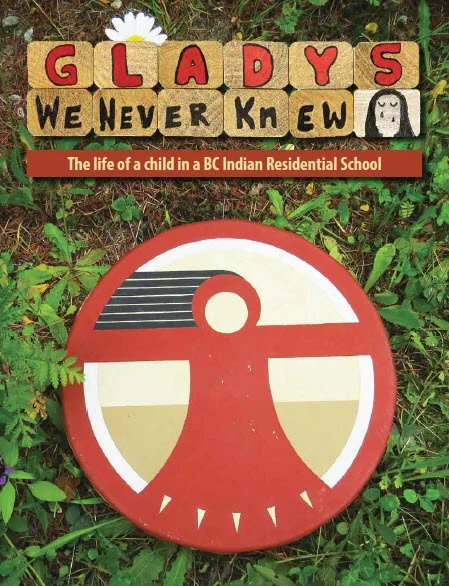







NCTR free resources for students in grades 1–12. Featuring the voices of Survivors, Indigenous artists, athletes, and subject matter experts, all aimed at fostering a deeper understanding of reconciliation. Educators Guide >
Source: National Centre for Truth and Reconciliation (NCTR)
Visit >